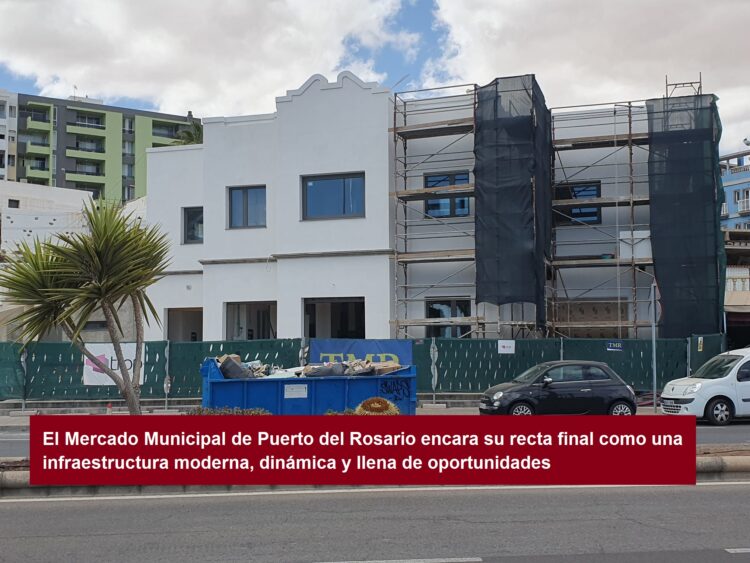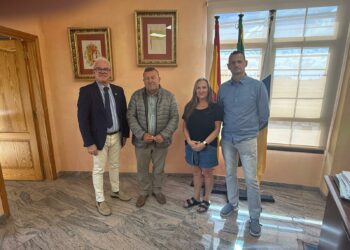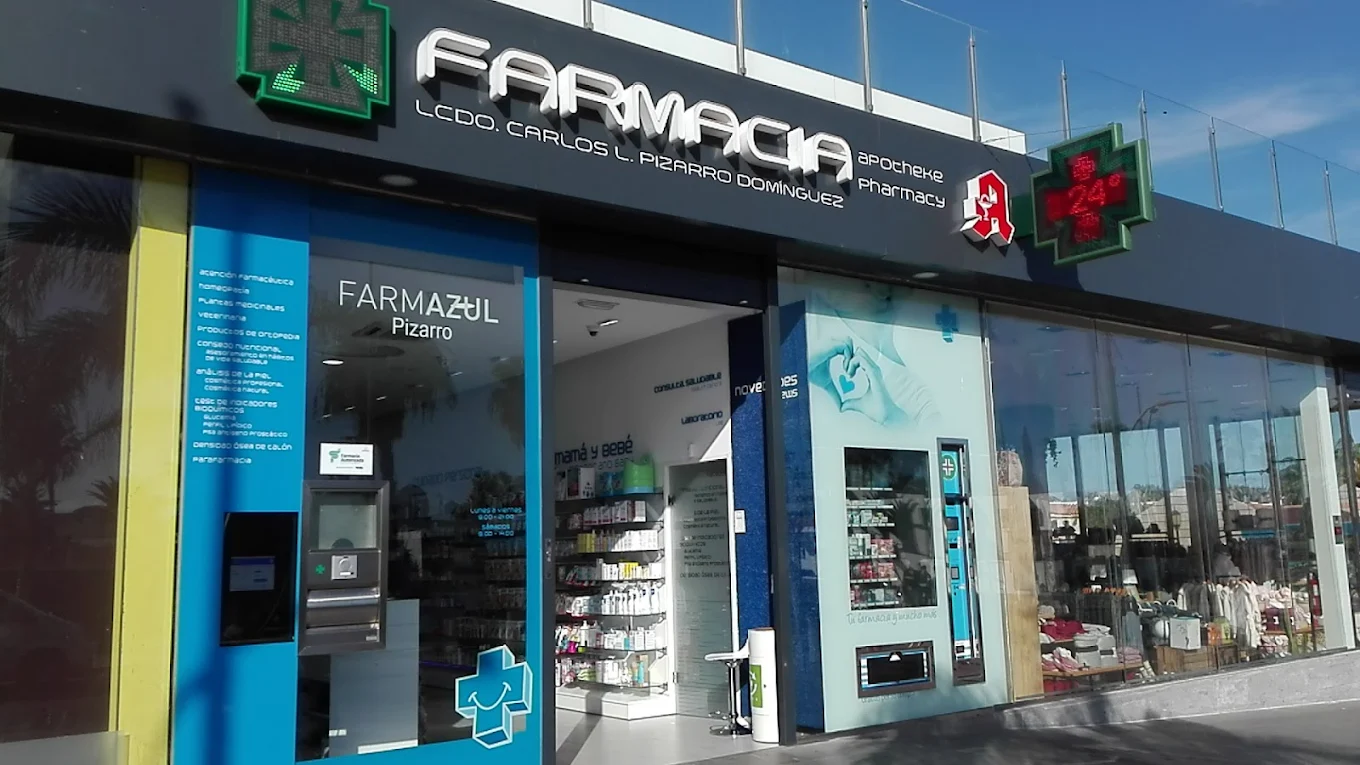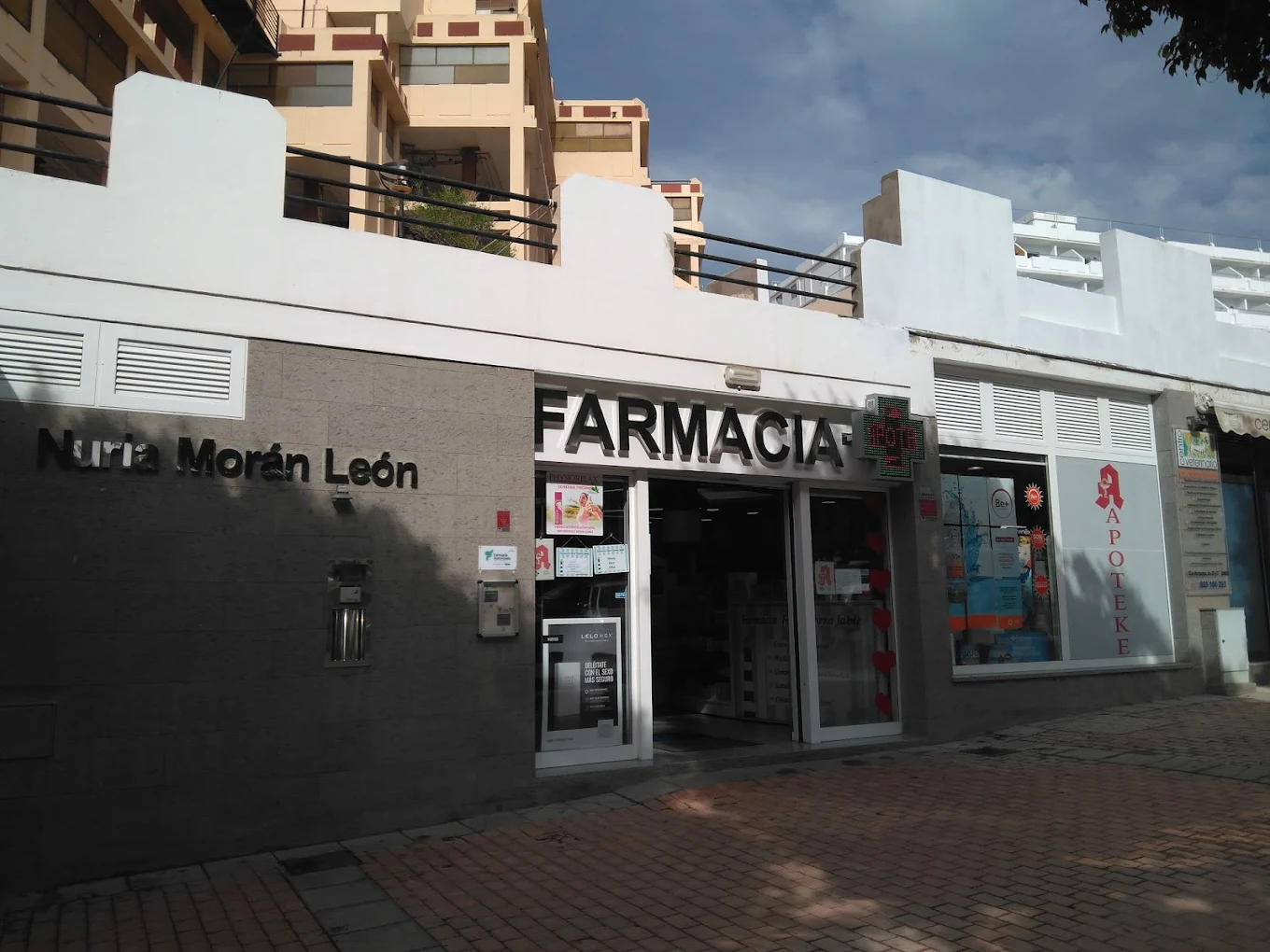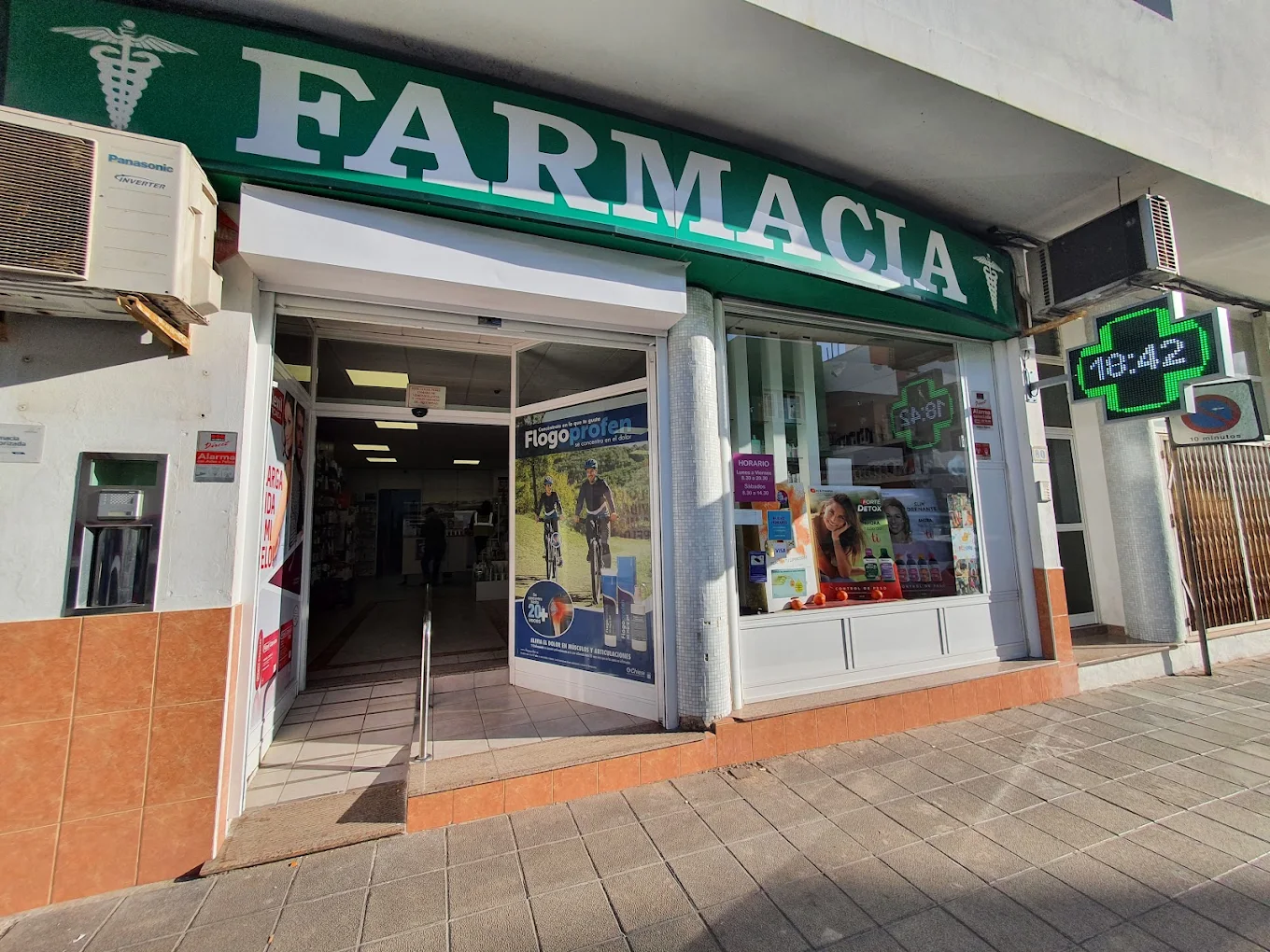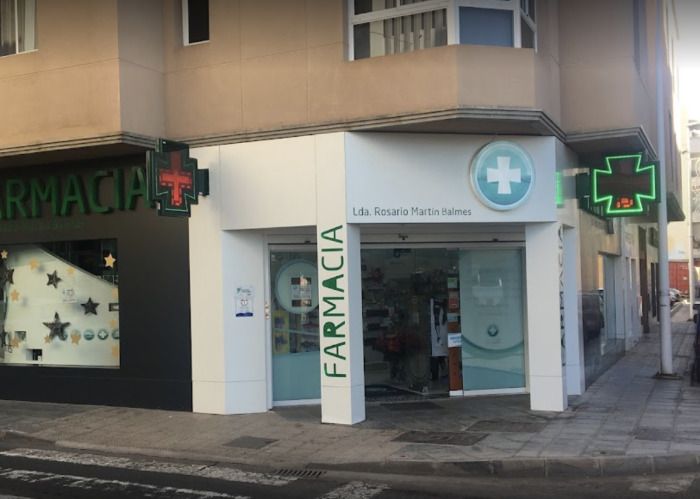The works of integral remodeling of the Municipal Market of Puerto del Rosario are progressing at a very good pace and already show a transformed, modern and open to the sea infrastructure. In a recent visit to the facilities, the Councilor of Commerce, Tacoremi Gutiérrez, accompanied by municipal technicians, was able to verify the high degree of execution of the works, as well as to observe in situ the future gastronomic and commercial spaces. During the visit, key aspects of the future management and operation of the market were analyzed, from the organization of the stalls to their integration with urban life and the city’s coastline.
With an investment of close to one million euros, financed entirely with municipal funds, this emblematic building – formerly the first island slaughterhouse – is being transformed into a space with soul, identity and history, which will connect the traditional Puerto Cabras with the maritime avenue, projecting a renewed image of the capital.
The new infrastructure will have 14 stalls that will accommodate local products on the first floor, while the upper floor will offer an attractive restaurant area, conceived as a meeting point for residents and visitors, promoting economic activity and social dynamism in the area.
The mayor, David de Vera, stressed that “this project recovers a historic space to return it to the citizens as a living place, with a vocation for the future and with the capacity to activate the urban center. It is a clear example of how the past and the present can dialogue to build a Puerto del Rosario more modern and connected to its coast”.
For her part, the Councilor of Commerce, Tacoremi Gutiérrez, said that “we are facing a unique opportunity to revalue not only the local product, but also the talent and energy of those who will be part of this market. We want it to be a dynamic place, full of experiences, where people not only buy, but also meet, share and enjoy the best of our land”.
The City Council of Puerto del Rosario thus reaffirms its commitment to the modernization of its public spaces and the promotion of a closer, sustainable economy with deep roots in the local identity.
